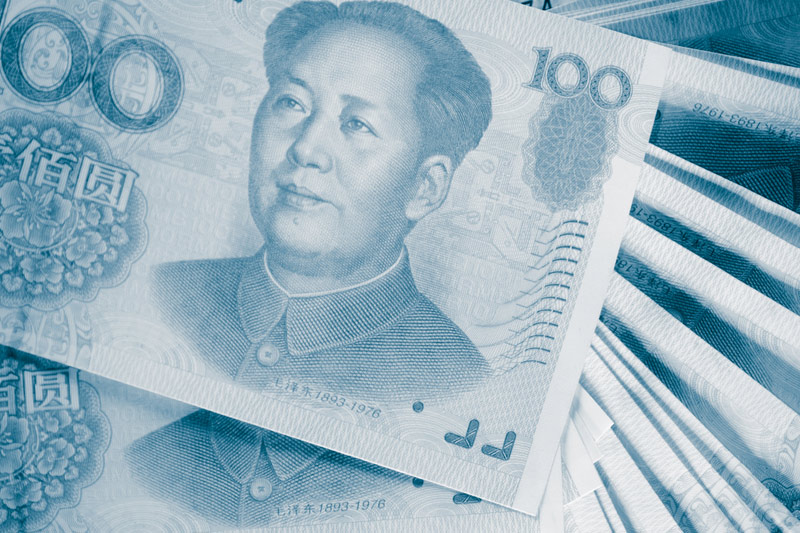By Ambar Warrick
Investing.com — Most Asian currencies fell on Thursday and the dollar steadied amid growing fears of more interest rate hikes by major central banks, while concerns over slowing economic growth also kept traders wary of risk-driven assets.
The and were flat on Thursday, coming under pressure from gains in the and the following strong inflation reports in the and the .
But markets were penciling in a nearly 85% chance that the will hike rates in May, which is likely to support the greenback. This, along with growing bets on a hike in June, spelled weaker prospects for Asian currencies.
fell 0.1% after the People’s Bank held its at record lows for an eighth straight month. While the move boosts local liquidity and potentially, economic growth, it also makes the yuan appear less attractive as interest rates increase across the rest of the globe.
Signs of an uneven economic recovery in China also weighed on the yuan, even as data showed the country’s grew more than expected in the first quarter. But China’s manufacturing sector – a bellwether for economic growth, continued to struggle with slow demand.
Broader Asian currencies traded in a flat-to-low range, as markets grew uncertain over when the Federal Reserve will pause its rate hike cycle, amid high odds that the bank will hike in May.
The fell 0.1%, although losses were somewhat limited by an unexpected contraction in the country’s massive . Japanese also grew more than expected in March, while rose at a slower-than-expected pace.
Media reports also suggested that the is open to tightening its ultra-loose monetary policy this year if wage growth maintains its current momentum, but is likely to keep policy unchanged next week.
The rose 0.1%, but was nursing steep losses in recent sessions as investors grew less optimistic about India’s growth prospects this year. A Reuters poll showed that markets expect India’s economy to slow considerably in fiscal 2023 as it faces increased headwinds from a global economic slowdown.
The was among the worst performers for the day, down 0.5% after read lower than expected for the first quarter, likely necessitating a less hawkish stance from the .
But given that inflation still stuck close to a 32-year peak, the RBNZ is likely to keep raising interest rates this year.
Read the full article here




